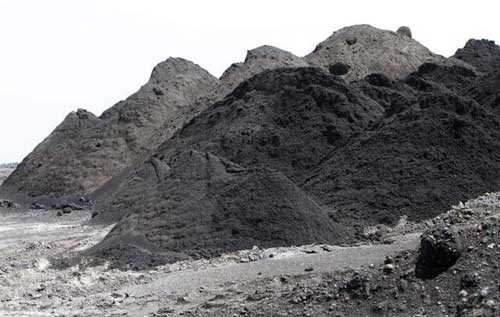
Flyash
Flyash is a fine powder, predominantly consisting of spherical particles, generated as a byproduct during the combustion of pulverized coal in power plants. Comprising silicon dioxide, aluminum oxide, iron oxide, and other trace elements, flyash is rich in mineral content. Its fine texture lends itself well to use as a supplementary cementitious material in concrete production.
Due to its pozzolanic properties, flyash can react with calcium hydroxide in the presence of water to form additional cementitious compounds, enhancing the strength and durability of concrete.
FlyAsh FAQ Guide

What is flyash, and how is it produced?
Flyash is a fine powder residue generated as a byproduct from burning pulverized coal in electric power plants. It is carried away by the flue gases and collected from the chimneys' exhaust stacks.
What are the key uses of flyash?
Flyash has diverse applications. It is commonly used as a supplementary cementitious material in concrete production, enhancing durability and strength. Additionally, it's employed in road construction, waste stabilization, and as a component in the manufacturing of bricks.
Is flyash environmentally friendly?
Yes, in many ways. By reusing flyash in construction materials, it reduces the need for traditional raw materials, conserving natural resources. Furthermore, it mitigates the environmental impact associated with coal combustion waste by recycling it into valuable products.
Experts Provide
Renewable Fuel Source
Ethanol is hailed as a renewable and sustainable fuel source derived from the fermentation of plant sugars, typically sourced from crops like corn or sugarcane.
Greenhouse Gas Reduction
Ethanol is known for its cleaner combustion compared to traditional gasoline, resulting in reduced greenhouse gas emissions when used as a fuel additive or in ethanol-blended fuels.
Challenges and Controversies
Experts acknowledge challenges associated with using food crops, like corn, for ethanol production. This has led to debates about potential impacts on food prices, land use, and food security.
Contributions to Energy Security
Ethanol contributes to energy security by diversifying the energy mix and reducing dependence on imported fossil fuels. Its production from domestic biomass sources enhances national energy resilience
